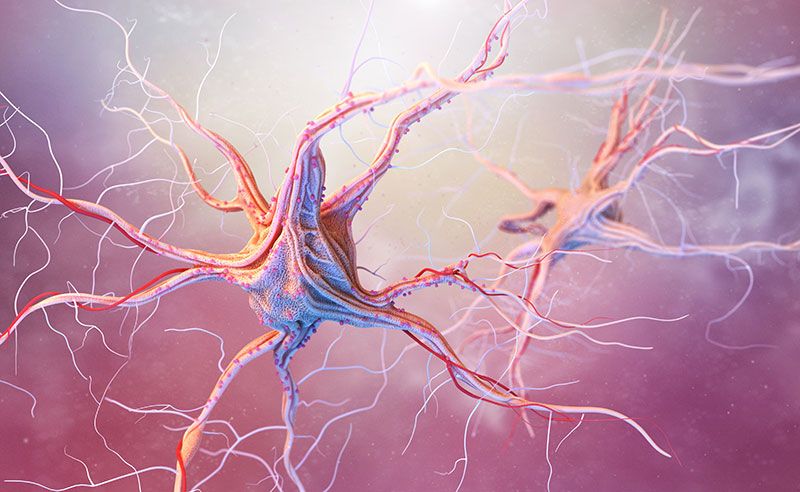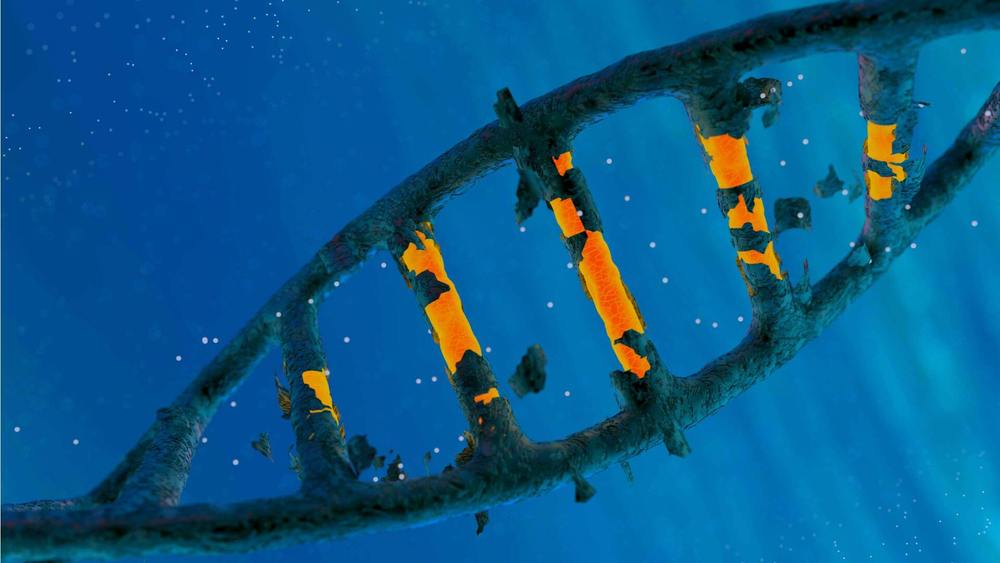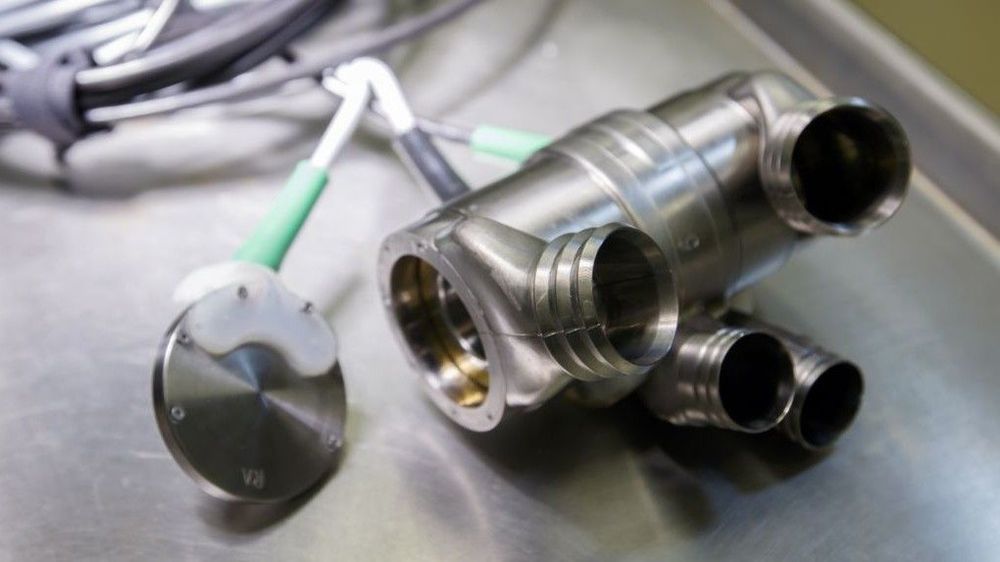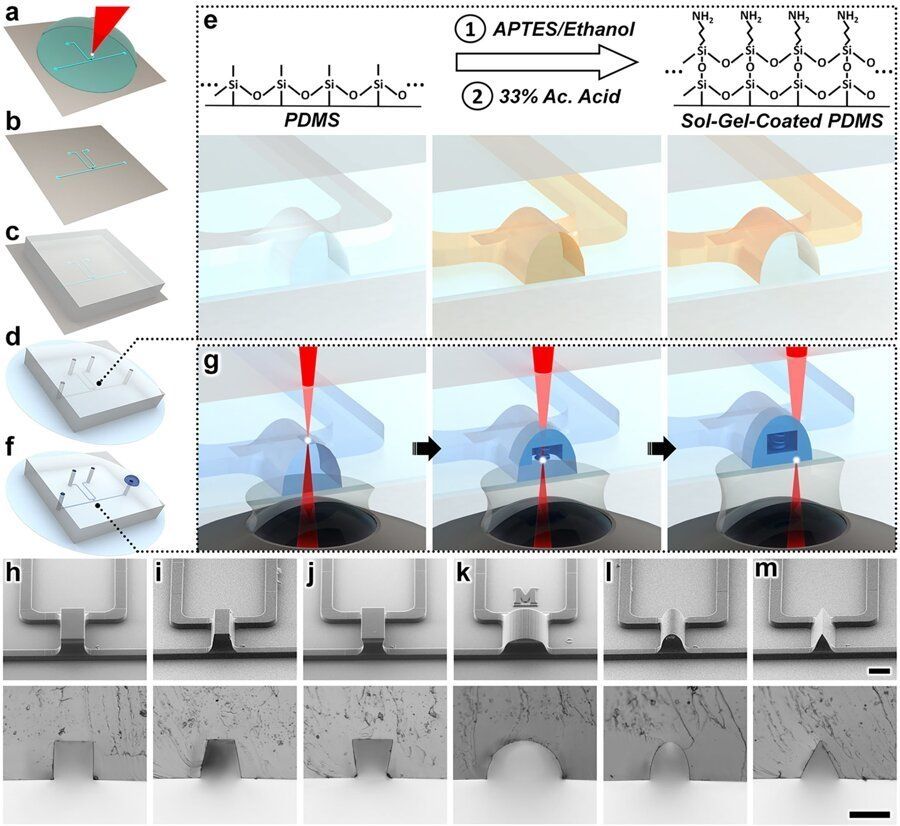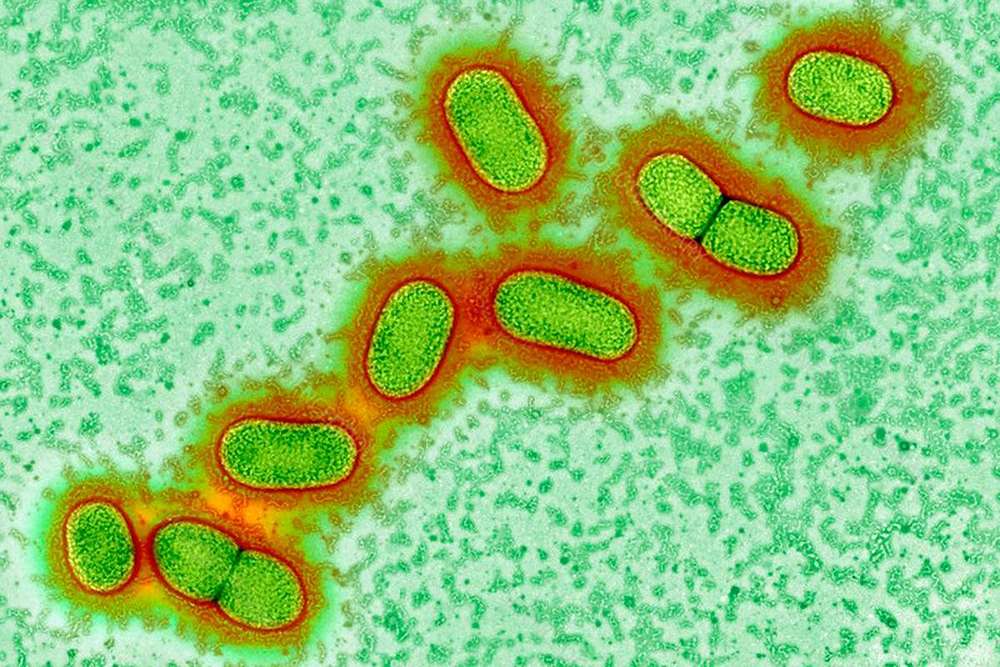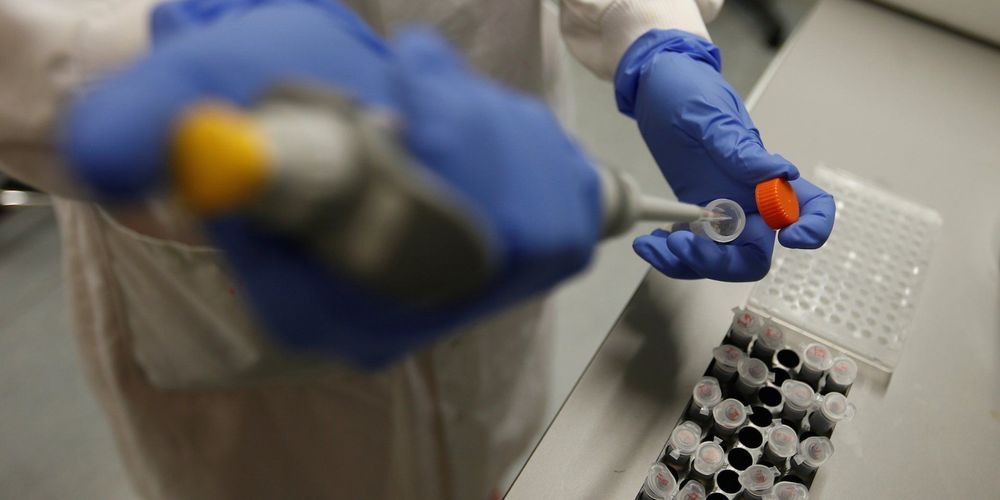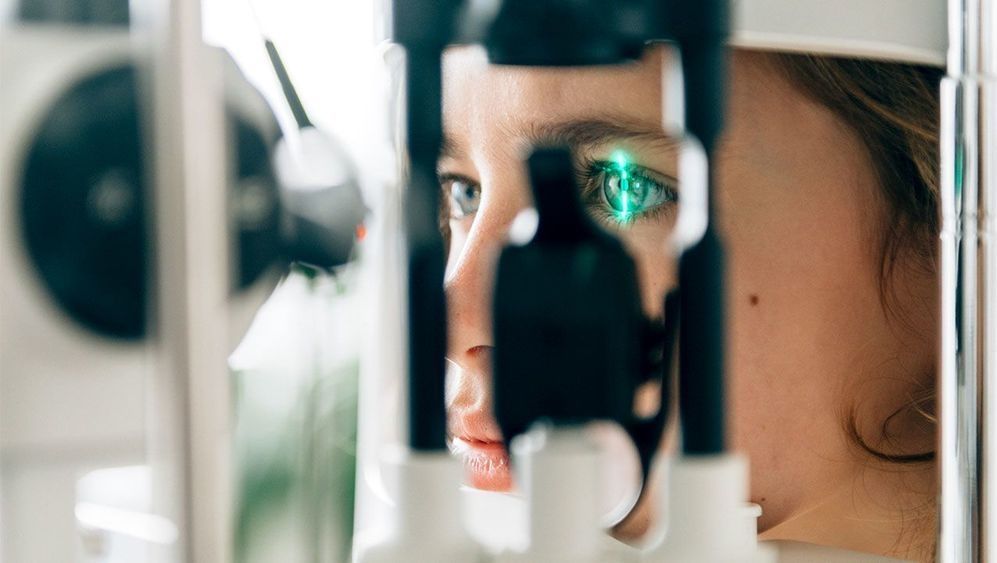Both genes and the environment shape a person’s risk of disease, but while genes are frequently cataloged, perturbed, activated, turned off and systematically tested in the lab, environmental exposures are often studied as one-offs. Now Harvard Medical School investigators at Brigham and Women’s Hospital have developed an approach to systematically and simultaneously evaluate the effects of hundreds of environmental factors on the development of neurological diseases.
Through a series of investigations, the team has identified environmental factors that boost neurological inflammation, including an herbicide used in the United States but currently banned in Europe. Details of the team’s approach and findings are published Jan. 17 in Cell.
